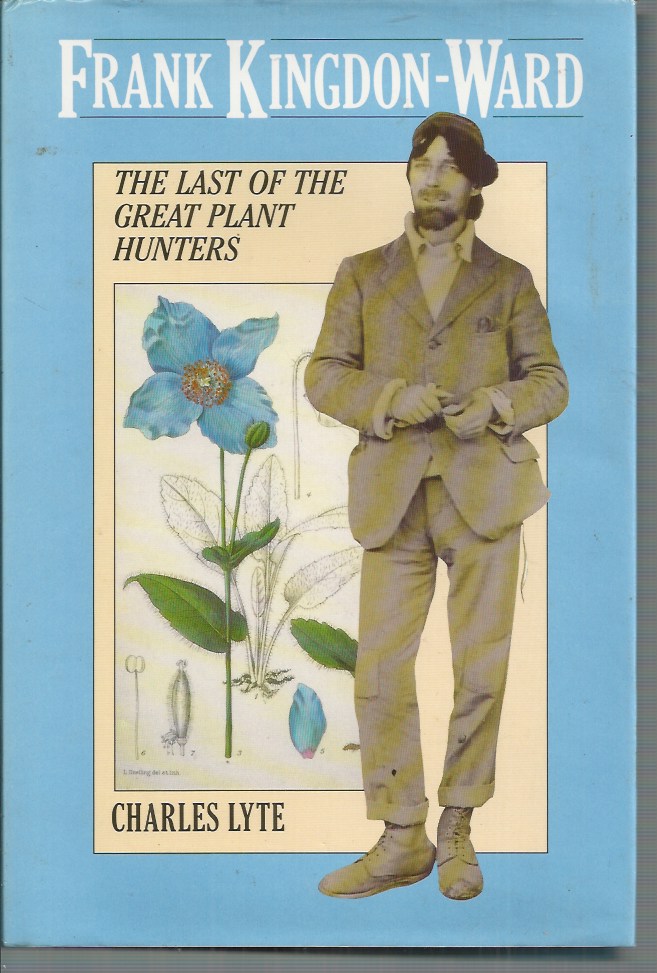FLORA & FAUNA General
Frank Kingdon-Ward went on around 25 expeditions over a period of nearly fifty years, exploring Tibet, North Western China, Myanmar and Assam (in Northeastern India).[1] In Myanmar he met and conducted some research into forestry and plants in the country with native botanist Chit Ko Ko.
Among his collections were the first viable seed of Meconopsis betonicifolia (Himalayan blue poppy, first discovered by Pére Delavay),[2] Primula florindae (giant cowslip, named after his first wife Florinda, née Norman-Thompson)[3] and Rhododendron wardii, a yellow flowered species.[3]
A species of lizard, Calotes kingdonwardi, is named in his honor.[4] He is also commemorated in Ward’s trogon, Harpactes wardi.
He survived many accidents on his expeditions including being impaled on a bamboo spike, falling off a cliff (stopped by a tree growing from the cliff), lost for two days with no food, tent crushed by a tree in a storm, and he was close to the epicentre of an earthquake (registering 8.6 on the Richter magnitude scale) on 15 August 1950 during an expedition in Assam.[5]
In addition to his professional activities as a botanist, in the 1930s Kingdon-Ward also served as a spy for the British India Office.
pp. xvi, 218, 26 photos, 2 maps. First Edition. #300124 (Name on fep.)
